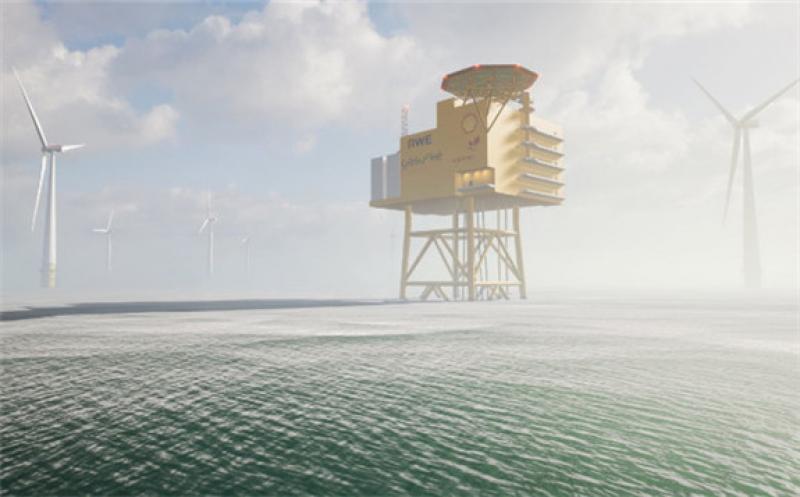The project partners RWE, Shell, Gasunie and Equinor have signed a letter of intent (LOI) to strengthen the companies’ co-operation in the AquaSector project. This is about the vision of the first large-scale German offshore hydrogen park. The project aims to show that in Germany, hydrogen production at sea is an efficient, inexpensive and sustainable option for the production of green hydrogen.

As part of AquaSector, the installation of approximately 300 MW of electrolyser capacity is planned, with which up to 20 000 tpy of green hydrogen will be generated at sea. The green hydrogen is to be transported to Heligoland, located in the German North Sea, via a transport line called AquaDuctus, from 2028.
The partners also see the AquaSector project as a ‘proof of concept’ for realising the AquaVentus vision of installing up to 10 GW of electrolysis capacity by 2035 and transporting the green hydrogen produced to the German mainland via an extended line.
Compared to the transport of generated electricity, the production of hydrogen at sea and the transport over a line can offer significant economic advantages. The pipeline can replace five high voltage direct current (HVDC) power links that would otherwise have to be built. The line is by far the most cost-effective option for transporting large amounts of energy.
As part of the AquaVentus project family, the partners want to make a contribution to the decarbonisation of the energy supply in Germany and Europe. AquaSector should become an important milestone in the implementation of the German and European hydrogen strategy.
The project can support the development of a hydrogen market that will bring about a rapidly increasing demand for green hydrogen. The first step in the AquaSector project is to carry out a detailed feasibility study. The study will provide important information on the conditions under which the offshore hydrogen park can be successfully implemented and which technical and economic challenges have to be overcome in offshore hydrogen generation.